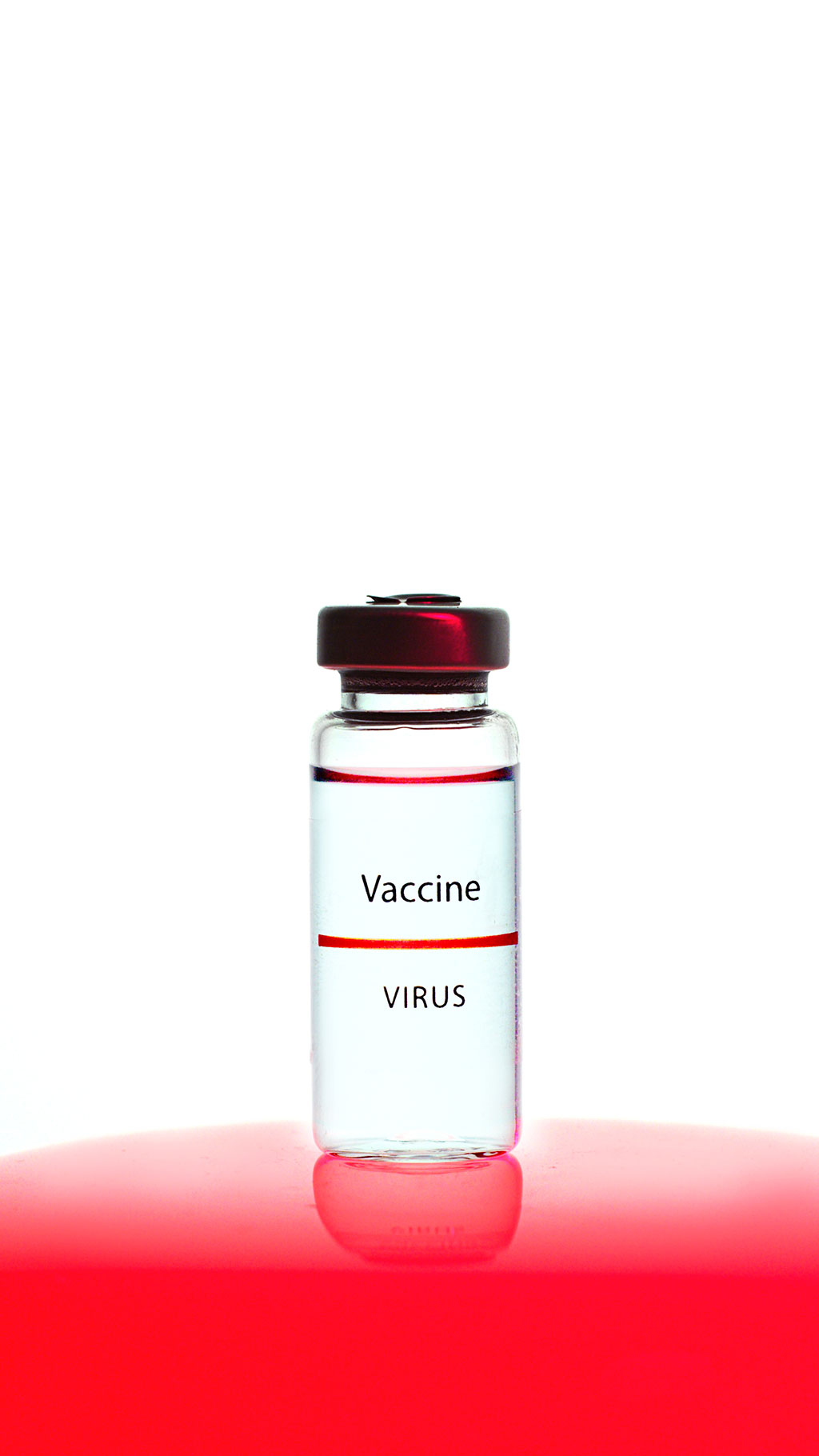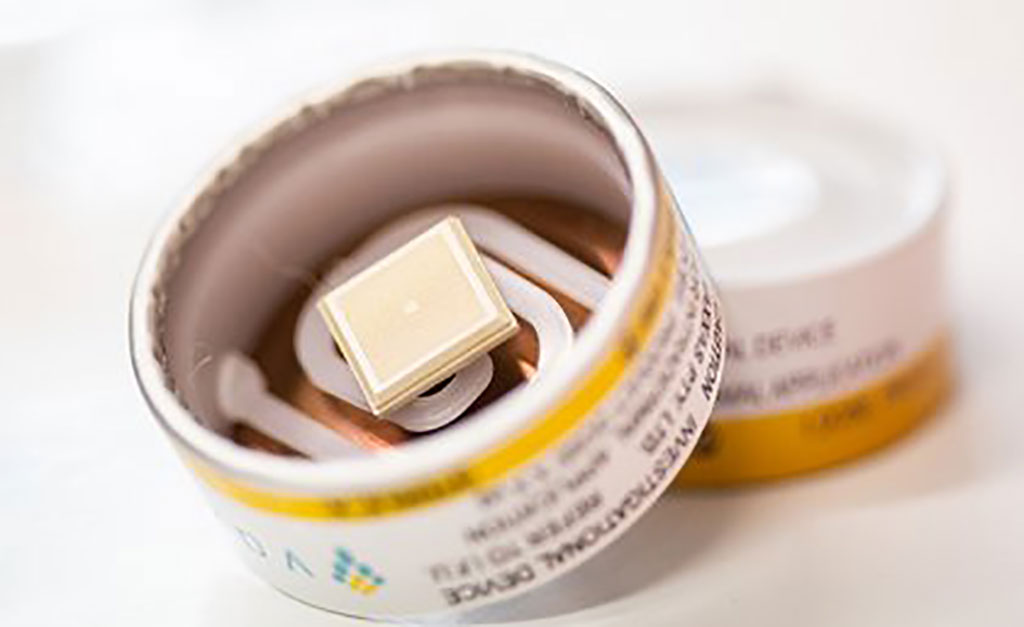New Guidance on Managing COVID-19 Patient Airways to Help Improve Outcome of Respiratory Support and Treatment
By HospiMedica International staff writers
Posted on 03 Dec 2020
As the coronavirus pandemic continues and the knowledge about it evolves, a team of researchers has worked to form a consensus on properly managing COVID-19 patient airways.Posted on 03 Dec 2020
Since COVID-19 acutely affects the respiratory system, airway management is a significant concern among patients. However, because the virus is new and knowledge about it evolves, clear guidance on best practices remains hard to come by, especially on the topic of airway management. An international research group of experts led by a faculty member at the Perelman School of Medicine of the University of Pennsylvania (Philadelphia, PA, USA) has published an international expert consensus to better facilitate patient treatment amid the pandemic. With enough evidence from experts across the medical field, the experts were able to form a tentative consensus on the use of high-flow nasal oxygen and when tracheal intubation is best performed.

Illustration
Initial guidelines had actually discouraged the use of high-flow nasal oxygen due to fears of the potential for aerosolization of the virus and infection of health care workers. However, there was no clear evidence that demonstrated using high-flow nasal oxygen increased the likelihood of COVID-19 transmission to health care workers. Since recent studies suggested its benefit to improve outcomes in COVID-19 patients, the experts have recommended that clinicians follow their standard benefit/risk ratio assessment for the care of the patient, themselves. This recommendation comes along with the provision that physicians use as high a level of PPE as possible.
The experts have also suggested guidelines on the timing of tracheal intubation, attempting to parse whether “early” or “late” intubation was better for patients. Some of the studies reviewed by them showed benefits to early intubation, before the disease progressed too much and when it was less hazardous for health care workers. However, there really hasn’t been a consensus, so the experts determined that individual patient conditions should be the main governing factor. Moving forward, as more is discovered about COVID-19, the experts plan to update their guidance.
“We hope that through our work to put this together, health systems will take note and the overall outcome of respiratory support and treatment in COVID-19 patients will improve,” said the lead author Huafeng Wei, MD, PhD, an associate professor of Anesthesiology at Penn Medicine. “We also hope this work will help guide health care workers toward working more safely.”
Related Links:
University of Pennsylvania














